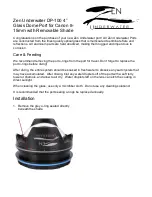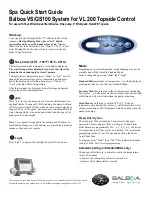
User Manual
iSiteC BTS3601C CDMA Base Station
System Description
Chapter 3 System Function
3-10
In the forward channel, long code scrambling is used to scramble the user data to
provide encryption function.
l
Walsh code spreading spectrum
In the forward channel, Walsh code is used to identify each user.
l
QPSK modulation
Quadrature Phase Shift Keying (QPSK) modulation is used in the forward channel.
PN short code is used in the modulation for scrambling and providing cell ID.
l
Baseband filtering
This process implements pulse shaping without inter-code interference and the
suppression of out-band signals.
II. Reverse channel baseband processing
Baseband processing in the reverse channel includes multi-path signal demodulation,
signal de-interleaveing, channel decoding, and extraction of frame information data,
as shown in Figure 3-6.
Multi-path
signal
demodulation
De-interleave
Channel
decoding
Extract
information
bit
Multi-path
signal
demodulation
De-interleave
Channel
decoding
Extract
information
bit
Figure 3-6
Baseband processing in reverse channel
l
Multi-path demodulation
With Rake receiver, BTS can demodulate the radio multi-path signals and effectively
combine multi-path energy.
l
De-interleaving
Signals received from MS are interleaved signals, so de-interleaving must be
performed by BTS to restore the signals.
l
Channel decoding
MS uses convolutional code or Turbo code for channel encoding before transmission,
while BTS decodes with Viterbi decoder or Turbo decoder at the receiving end based
on the channel code type of the MS.
l
Extraction of frame information data
When transmitting signals, MS adds Cyclic Redundancy Check (CRC) bits and a
number of all-zero tail bits at the end of the information bits to compose a transmitting
frame. On receiving the frame, BTS performs CRC check and removes the
non-information bit (CRC check bit and end bit) to get the information bits, then sends
them to the higher layer for processing.
















































